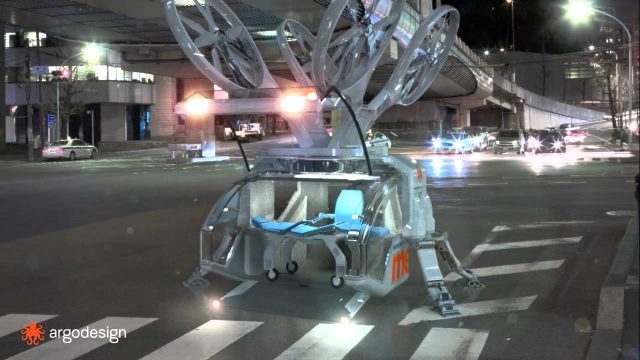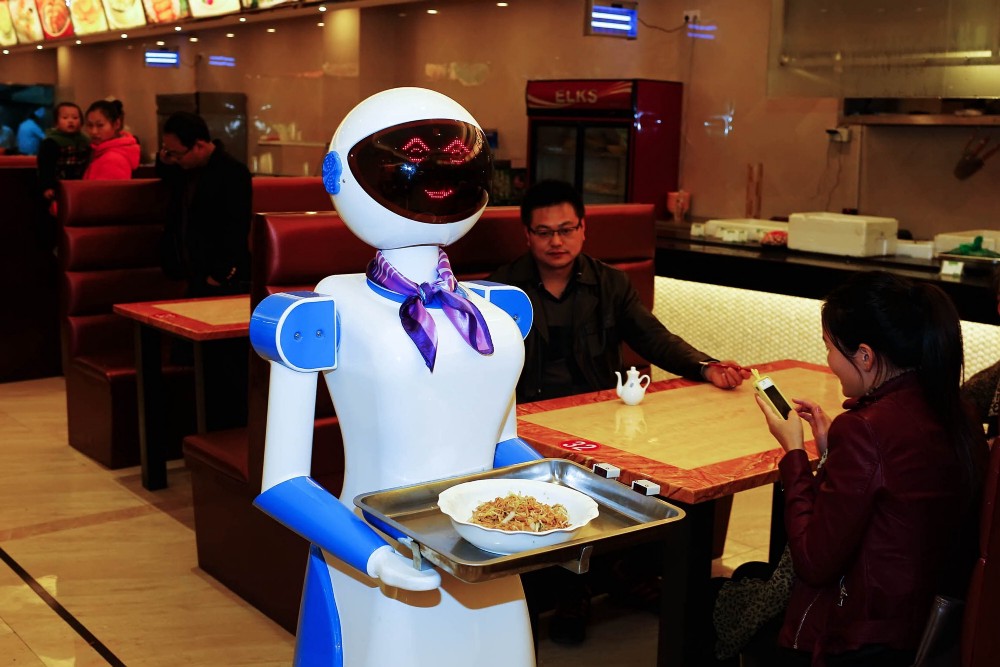Robots have been suffering from a misconception brought on by science fiction – people expect them to look like human beings, when in fact they can and do look like anything, thanks to the magic of motion systems. Lots of different machines and equipment can technically be classified as robots, in part due to the inclusion of linear actuators into this type of technology, which has hugely increased the capability of robots, and their utility. In fact, there is a growth in the number of robotics companies that aim to equip robots in helping in and providing efficiency and safety at work and other places
Many of the early robots were big and bulky, and were only useful for certain tasks, despite their huge power. This has been changing in recent years, since our technology has advanced to the point where we can create robots which are useful for lots of different industries and technologies.
The future of robotics is beyond the usual industrial applications, that they are currently being used. Currently, they were simply being employed in jobs which mainly require brute strength that a human could not provide, the introduction of manual linear actuators (at first) meant that robots could be used for more delicate operations. These linear actuators meant that car manufacturing was now open to robots, something which changed both robots and car manufacturing.
Robots are faster and more durable than humans, even before the linear actuators were involved. It was inevitable that they would eventually be put onto assembly lines, replacing the humans who had originally run them. In fairness, assembly lines are bad for the health of humans, since it is a fairly mindless process. Far better suited to robots who do not get bored and miss things, and do not make mistakes and get hurt.

As our technology advances, so too will robots. The introduction of the electric actuator offered more speed and accuracy for robots of all kinds, as well as opening up even more industries for robots to work in with their increased abilities. The advances in technology mean that robots are becoming more advanced, which raises questions for how they will be used in the future. So far, they have been used mainly in more manual jobs, but this is something which might change in the future.
Having robots working in the office environment is something which many people have written about; they are quicker and faster than humans, so basic office tasks such as data storage, mail delivery, and so on, would be done much faster by them. Having robots handling these tasks would also mean that the humans were freed up to do other things, which require creativity that robots do not yet have.
The advancements in technology mean mean that robots are increasingly being used in home automation – Alexa is only one example of this, as are Roombas. Voice technology and home automation itself are both growing more competent, meaning that robots are fast becoming part of the home, where everything that goes on in a house can be controlled and monitored. Having robots in home automation represents the ability to control the home even more thoroughly than before.
